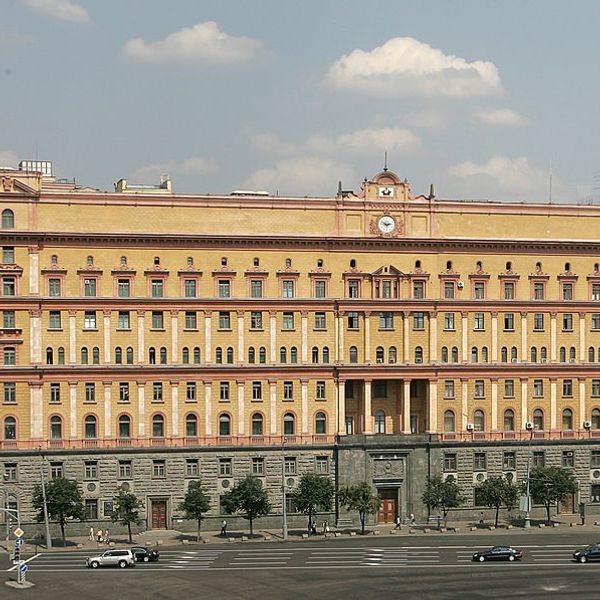Bottom Line Up Front
- The U.S. is threatening the E.U. over the latter’s initiatives to increase member defense spending and cooperation.
- Washington objects to conditions in the European Defense Fund and Permanent Structured Cooperation on Defence and Security that restrict non-E.U. participation.
- The U.S. is stressing the issue as one of equal access even though the U.S. is by far the most dominant entity in the European arms market.
- The disagreement is another example of the transactional nature of the Trump administration, which favors profits over alliances.
From 2014-2106, the U.S. exported $62.9 billion in arms sales to the European Union (E.U.); during those years, the E.U. exported $7.6 billion in arms to the U.S. The U.S. is also pushing NATO members, including those in the E.U., to increase their respective defense spending to a minimum of 2% of their respective gross domestic product (GDP). This push is intended both to strengthen NATO as an organization while also increasing U.S. arms sales to NATO members. By nearly every metric, the U.S. is the dominant arms supplier to both NATO and the E.U.
Despite this imbalance that favors the U.S., the Trump administration has lodged short-sighted complaints and objections to proposed rules for two of the E.U.’s newest defense initiatives: the European Defense Fund (EDF) and the Permanent Structured Cooperation on Defence and Security (PESCO). In keeping with the administration’s determination to seek maximum financial gain from all transactions, it has been willing to gamble on rankling allies by pushing too aggressively and focusing too narrowly on profit margins. The EDF is a €13 billion fund for 2021-2027, aimed at increasing cooperative military research and development projects between E.U. members. The EDF guidelines state that funding will only be considered for military projects that involve at least three E.U. members or associated countries. The U.S. has objected to these stipulations, complaining that they unfairly restrict U.S. access to the EDF money, which is divided between €8.9 billion for military purchases and €4.1 billion for research. It is worth noting that the U.S. military budget was more than $700 billion in 2018 and Washington remains the top exporter of weapons globally. This includes sending weapons to countries like Saudi Arabia as it wages a deadly campaign in Yemen, a conflict with egregious human rights abuses and civilian deaths.
The U.S. also objects to proposed rules in PESCO, which was set up by the E.U. in December 2017 as a permanent mechanism to enhance joint defense capabilities between member states, as well as increase each member’s respective military capabilities. On May 1, the U.S. sent a letter to Federica Mogherini, the High Representative for Foreign Affairs and Security Policy for the E.U. and its chief foreign negotiator. The letter stated that 'the draft EDF regulation and PESCO general conditions represent a dramatic reversal of the last three decades of increased integration of the transatlantic defense sector.’ It went on to say the rules could damage 'the constructive NATO-E.U. relationship,’ and hinted at possible retaliatory sanctions by the U.S. against E.U. members.
The resentment of E.U. members offsets the financial gain of muscling into the €13 billion EDF, and only serves to fuel division at a time when cooperation is more critical than ever to address the panoply of global threats facing the West. The administration’s determination to frame its relationships through a cost-benefit analysis by focusing on the return on investment, purely in monetary terms, risks overlooking many of the intangibles that make the U.S.-E.U. relationship so important.










